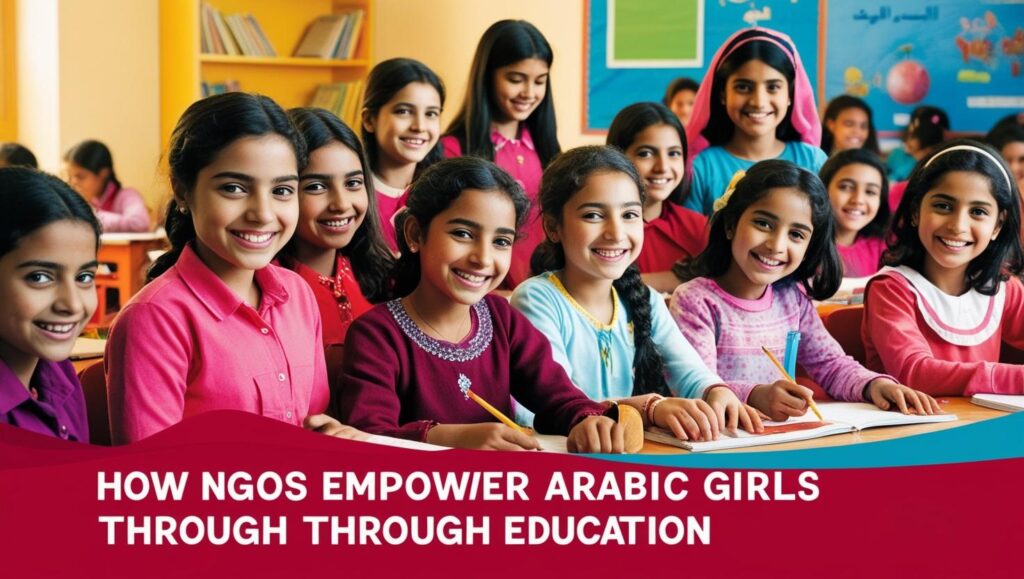Introduction
Education is a fundamental right, yet millions of girls worldwide are denied schooling due to poverty, gender discrimination, and cultural barriers. NGOs are working tirelessly to change this by providing safe schools, scholarships, mentorship programs, and awareness campaigns to promote girl child education.
In this blog, we highlight the challenges girls face in accessing education and how NGOs are creating a future of equal learning opportunities.
Challenges in Girl Child Education
🚧 1. Gender Discrimination & Cultural Barriers
In many regions, girls are expected to handle household chores instead of attending school. Some families prioritize boys’ education over girls’, believing they are not required to study.
💰 2. Financial Constraints
Many families struggling with poverty cannot afford school fees, books, or uniforms. Girls are often forced into early marriages instead of being given a chance to complete their education.
🔒 3. Lack of Safe School Environments
Long travel distances and poor sanitation facilities discourage girls from attending school. The lack of separate toilets and concerns about safety lead to high dropout rates, especially during puberty.
How NGOs Are Changing the Future for Girls
📚 1. Free Schools & Scholarship Programs
NGOs like Malala Fund, Educate Girls, and Room to Read provide scholarships, free textbooks, and school supplies to help girls continue their education.
🛡 2. Creating Safe Learning Environments
Many NGOs work with local communities to build schools closer to homes and provide separate toilets to ensure safety and hygiene, reducing dropout rates.
🎓 3. Mentorship & Awareness Campaigns
Organizations like Plan International run mentorship programs to encourage families to educate their daughters. Their campaigns challenge gender stereotypes and promote equal opportunities.
💻 4. Digital & Skill-Based Learning
To help girls prepare for the future, NGOs offer vocational training, digital literacy programs, and online education platforms to give them better career opportunities.
How You Can Support Girl Child Education
✔️ Donate to NGOs that support girl education.
✔️ Sponsor a child’s education and give them a brighter future.
✔️ Volunteer to teach or mentor young girls.
✔️ Raise awareness by sharing success stories and statistics on gender equality in education.
Conclusion
Investing in girl child education leads to stronger communities, better economies, and a more equal world. NGOs are breaking down barriers and ensuring that every girl gets the education she deserves.
By supporting education initiatives for girls, we can empower future generations and create a world where no child is left behind.
👉 What are your thoughts on girl child education? Let us know in the comments!


